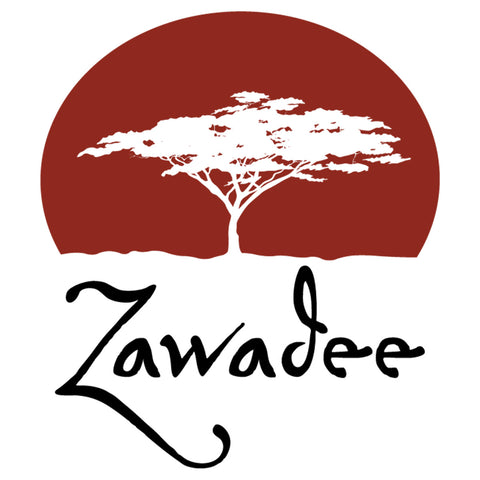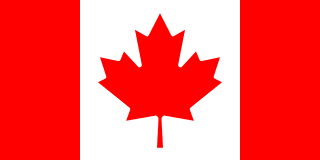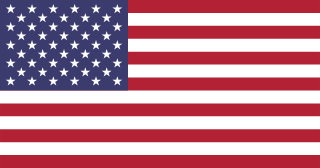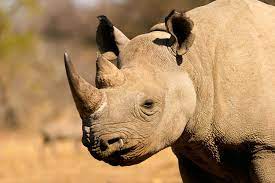Homowo – The African Festival of the Rains - Another Lovely Way to Show Thanksgiving
Thanksgiving is a celebration that is observed in a select few countries around the world. However, while it is not a universal celebration, many other countries and regions do share similar festivals and celebrations. In Africa, it is known as Festival of the Rains or the Homowo Festival.

About the Homowo Festival
The Homowo Festival is a traditional harvest celebration that is celebrated by the Ga people of Ghana in West Africa. It is the largest cultural festival of its kind in the country. The word Homowo means “hooting at hunger,” and the origins of the festival are directly tied to the migration of the Ga people to Ghana. As the story goes, the Ga people travelled nomadically for many years before settling on the west coast – a place they still reside to this day. Along their journey, the Ga people experienced famine; however, rather than giving in, they supported each other through the difficult times and survived. It said that the people were inspired by the famine, which led to large food production processes eventually creating a bumper harvest. Once they settled and their harvest became plentiful, they held a huge feast where they reflected upon and laughed at the hunger and difficult times they overcame. This is known as the first Homowo celebration. With the Ga people’s hunger ended, it’s said they “hooted at hunger.”

Other Cultural Celebrations: The First Fruits Ceremony
Other Africans also have similar festivals during harvest season. One of the most common is called “first fruits.” This involves several days of planning to bless the newly harvested crop and purify the people prior to eating the food from the harvest.
A Recipe for Traditional Homowo Meal
As with other festivals and celebrations around the world, Homowo has a traditional meal, known as Kpokpoi.

The meal is made using steamed corn dough that is mixed with palm oil. It’s traditionally served with fish and palm soup. Sticking with tradition, when the meal is prepared, the head of the family sprinkles some of the kpokpoi on the doorstep of the home. This is symbolic of feeding the spirts of past family members of the home.
Here is a recipe to make this traditional dish:
Kpokpoi
Ingredients- 6 okra
- 6 cups of dry corn
- Salt
- Corn husks
- 1 pint of palm oil
- Soak corn for 2 days prior to cooking
- Wash and grind the corn
- Sprinkle water on top of corn meal and cover overnight
- Once corn meal has sat overnight, rub through a sieve.
- Place a steamer over a pot of boiling water and seal edges with a little corn dough
- Cover bottom of steamer with clean corn husks
- Put sifted corn meal into the steamer and allow it to cook over the steam for about half an hour until the kpokpoi gives out a yeasty aroma
- Slice okra and cook in little water until tender
- Mash okra and add salt
- Take kpokpoi out of steamer
- Sprinkle with salted cool water, using a wooden spoon to break all the lumps
- Mix with mashed okra
- If palm oil is used heat and mix with kpokpoi evenly
- Serve with palm nut soup and fish




 Like any other piece of art, the history and origins of the Family Tree Style sculpture only adds to its intrigue.
Like any other piece of art, the history and origins of the Family Tree Style sculpture only adds to its intrigue.













 Shopping for a unique piece of jewelry that will turn heads? Well, look no further.
Shopping for a unique piece of jewelry that will turn heads? Well, look no further. 













